Science
Moon Brightens as July 26 Sees Waxing Crescent Phase
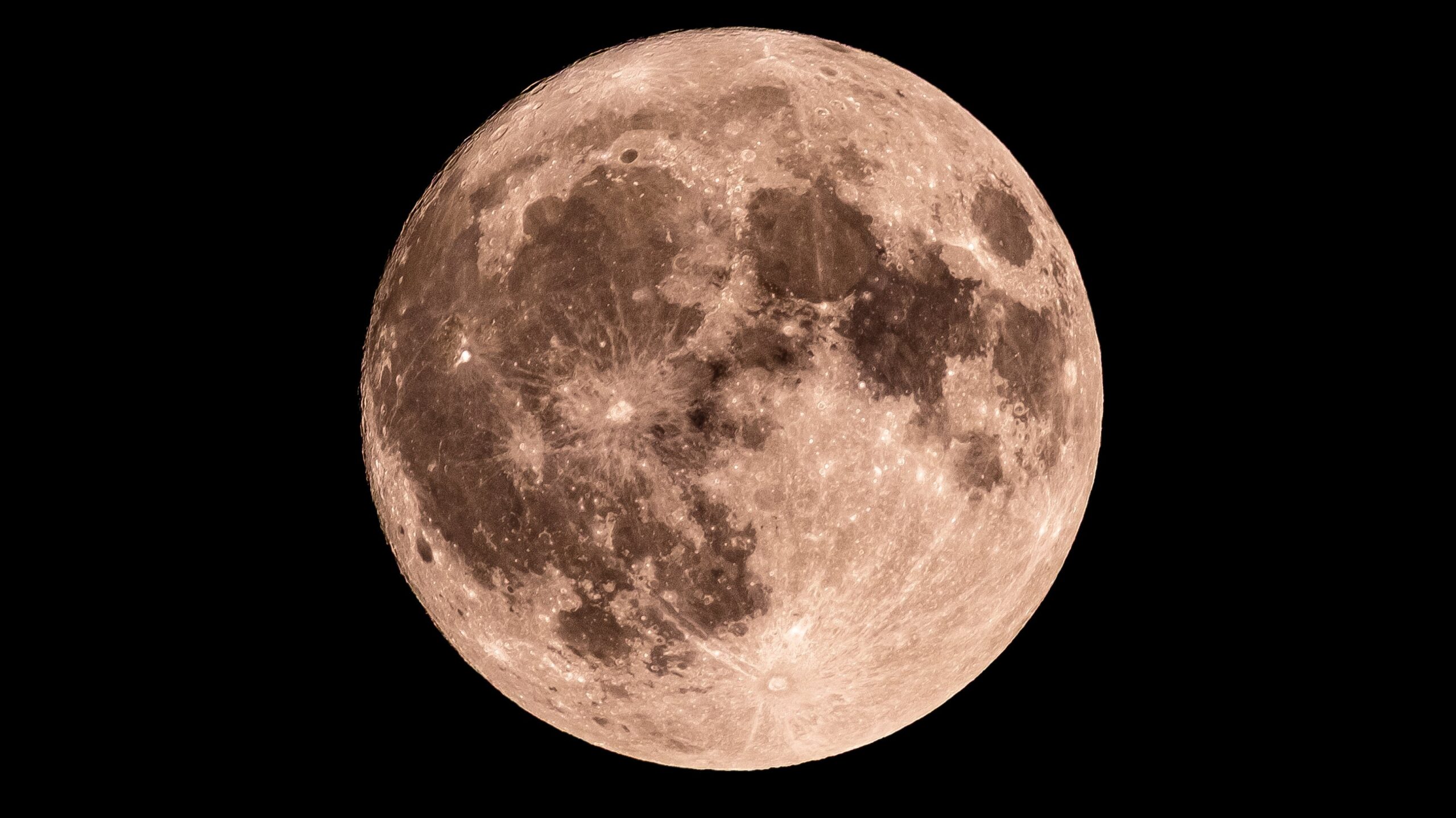
The moon entered its Waxing Crescent phase on July 26, 2025, providing a glimpse of its gradual brightness. During this phase, only 4% of the lunar surface is visible from Earth, making it challenging to see any features without specialized equipment. This marks the second day of the lunar cycle, which spans approximately 29.5 days, according to data from NASA.
As the moon orbits Earth, varying angles between the Sun, Moon, and Earth create different lunar phases. This cyclical pattern results in eight distinct phases, from the New Moon to the Full Moon, each offering unique visual characteristics. Currently, with limited visibility, observers will find it difficult to discern any details on the moon’s surface, even with binoculars or telescopes.
Understanding the Lunar Cycle
The lunar cycle begins with the New Moon, where the moon is positioned between Earth and the Sun, rendering it invisible. As the cycle progresses, the Waxing Crescent phase emerges, characterized by a small sliver of light appearing on the right side of the moon for those in the Northern Hemisphere. Following this, the First Quarter showcases half of the moon illuminated, while the Waxing Gibbous indicates more than half is lit but not yet full.
The next significant lunar event will occur on August 9, 2025, when the moon reaches its Full Moon phase. In contrast, the last full moon took place on July 10, 2025. As the cycle continues, the moon will transition through the Waning Gibbous, Last Quarter, and eventually to the Waning Crescent before returning to the New Moon.
The Visual Experience
For enthusiasts eager to observe the moon, understanding the phases enhances appreciation for this celestial body. Although tonight’s Waxing Crescent phase offers limited visibility, it sets the stage for the more brilliant Full Moon in a couple of weeks. Each phase offers a unique opportunity for stargazers and photographers alike to engage with the night sky.
In summary, the moon’s visibility will continue to evolve as the lunar cycle progresses, inviting both amateur astronomers and casual observers to witness its transformation. While the Waxing Crescent phase may not provide much to see, anticipation builds for the more illuminated phases ahead.
Science
Researchers Uncover How Black and White Feathers Boost Bird Colors
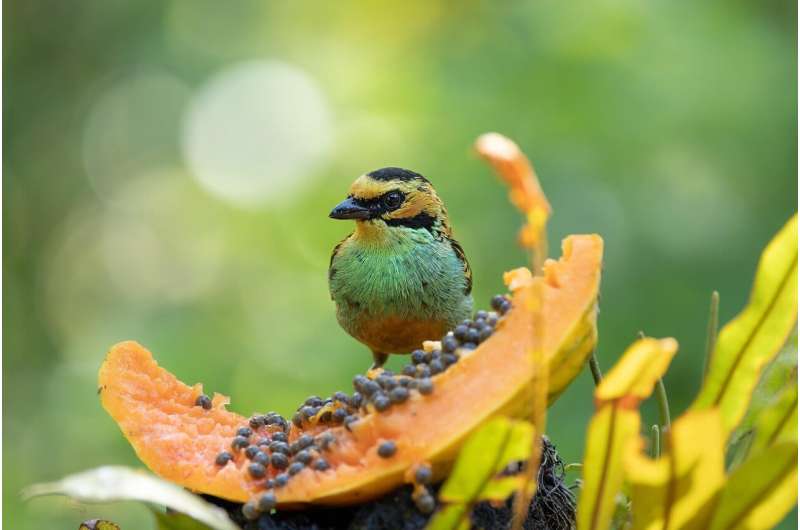
Birds are renowned for their vibrant colors, but new research from Princeton University reveals that even black and white feathers play a pivotal role in enhancing their plumage. Published on July 26, 2025, in the journal Science Advances, the study led by Rosalyn Price-Waldman highlights how these seemingly dull feathers can amplify the brightness of other colors.
The research found that when colored feathers overlay a layer of either black or white feathers, the hues become strikingly more vivid. Specifically, males of certain species exhibit more vivid colors than females, not solely due to the pigments in their feathers, but because of the contrasting colors beneath. This finding challenges long-held assumptions about sexual dimorphism in bird coloration.
Mechanisms of Color Enhancement
Traditionally, it is understood that male birds display more vibrant colors as a result of sexual selection. As first noted by Charles Darwin, brighter males are more likely to attract mates and produce offspring. The study indicates that a layer of black feathers beneath bright blue plumage enhances vibrancy by absorbing all light passing through the top layer. This allows the blue feathers to scatter light selectively, making them appear more vivid.
For yellow feathers, the opposite effect is observed. These feathers, containing yellow pigments known as carotenoids, are enhanced by a white under-layer that reflects light. This reflection increases the brightness of yellow patches, creating a striking contrast with surrounding colors.
Widespread Application Across Species
The research primarily focused on colorful fruit-eating birds known as tanagers, native to Central and South America. Once the team confirmed the color enhancement mechanism in tanagers, they investigated other bird families. Remarkably, this technique of using black and white underlying feathers to enhance color is prevalent in various species, including the vividly colored Austrailian fairy wrens.
The findings suggest that birds have been employing this clever strategy for tens of millions of years, indicating that it is a widespread adaptation across different avian families. The implications of this research extend beyond ornithology, as understanding how complex traits such as color evolve can inform fields like architecture, art, and fashion.
By shedding light on these intricate biological processes, this study not only enriches our understanding of avian life but also inspires potential applications in human creativity and design. Further research in this area may uncover additional insights into the evolutionary advantages of coloration in the animal kingdom.
The study, titled “Hidden white and black feather layers enhance plumage coloration in tanagers and other songbirds,” can be accessed in Science Advances for those interested in the detailed findings.
Science
Archaeologists Uncover Transport Methods, Discover Gut-Brain Link

Recent research has unveiled significant breakthroughs in understanding ancient logistics, material science, and the gut-brain connection. Archaeologists in Wales have confirmed that smaller megaliths surrounding Stonehenge were transported by Neolithic humans, challenging previous theories that suggested glacial movement. Meanwhile, a study by the SLAC National Accelerator has fundamentally altered the understanding of superheated materials, and researchers at Duke University School of Medicine have identified a novel connection between gut signaling and brain function.
Transport Methods of Ancient Megaliths
The investigation into the transport methods of the megaliths near Stonehenge reveals that Neolithic humans played a crucial role in their relocation. These findings put an end to the long-held assumption that glaciers were responsible for moving these prehistoric structures. This research not only provides insight into the capabilities of ancient societies but also highlights their sophisticated understanding of logistics.
Gold’s Surprising Thermal Properties
Researchers at the SLAC National Accelerator have achieved a remarkable milestone by directly measuring the temperature of gold heated to an astonishing 19,000 Kelvin (approximately 33,740 degrees Fahrenheit). This temperature is over 14 times higher than the melting point of gold and exceeds the theoretical entropy catastrophe limit. The scientists used a cutting-edge method involving superheating a nanometer-thin gold sample and analyzing the frequency shifts of ultrabright X-rays scattered by vibrating atoms. According to Tom White, an associate professor of physics at the University of Nevada, Reno, this experiment demonstrates that catastrophic melting or boiling can be avoided if materials are heated rapidly, within trillionths of a second. “It’s important to clarify that we did not violate the second law of thermodynamics,” White stated. “What we demonstrated is that these catastrophes can be avoided with fast heating.”
Insights into Pareidolia and Human Attention
A recent study from the University of Surrey delves into the phenomenon of pareidolia—the tendency to recognize face-like features in inanimate objects. Researchers conducted four experiments with 54 participants to explore how pareidolia influences attention, comparing it to the effects of another person’s gaze. The results showed that while both averted gazes and perceived faces prompted shifts in attention, the underlying mechanisms differed. Neuroscientist Dr. Di Fu explained, “Our research shows that both averted gazes from real faces and perceived faces on objects can direct where we look, but they do so through different pathways.” Participants focused on specific features of real faces, while face-like objects were processed based on their overall structure.
New Discoveries in Gut-Brain Communication
In a groundbreaking study, researchers at the Duke University School of Medicine have established the first neurobiotic connection between the gut and the brain. This connection suggests that the gut acts as a “second brain.” The team identified a system in which the brain responds in real time to signals from epithelial sensor cells in the colon. These cells detect a common microbial protein called flagellin, which is released by gut bacteria after eating. The study indicated that this signaling plays a vital role in appetite regulation. Experiments conducted on mice lacking the TLR5 receptor, responsible for flagellin detection, revealed that these mice did not reduce their food intake and subsequently gained weight. This finding may have profound implications for future research on appetite, satiety, and obesity.
These recent discoveries not only enhance our understanding of ancient human behavior and material science but also open new avenues for addressing health-related challenges. As science continues to evolve, the integration of these findings into broader contexts may offer significant benefits for society.
Science
AI and Biotechnology Set to Revolutionize Global Crop Production
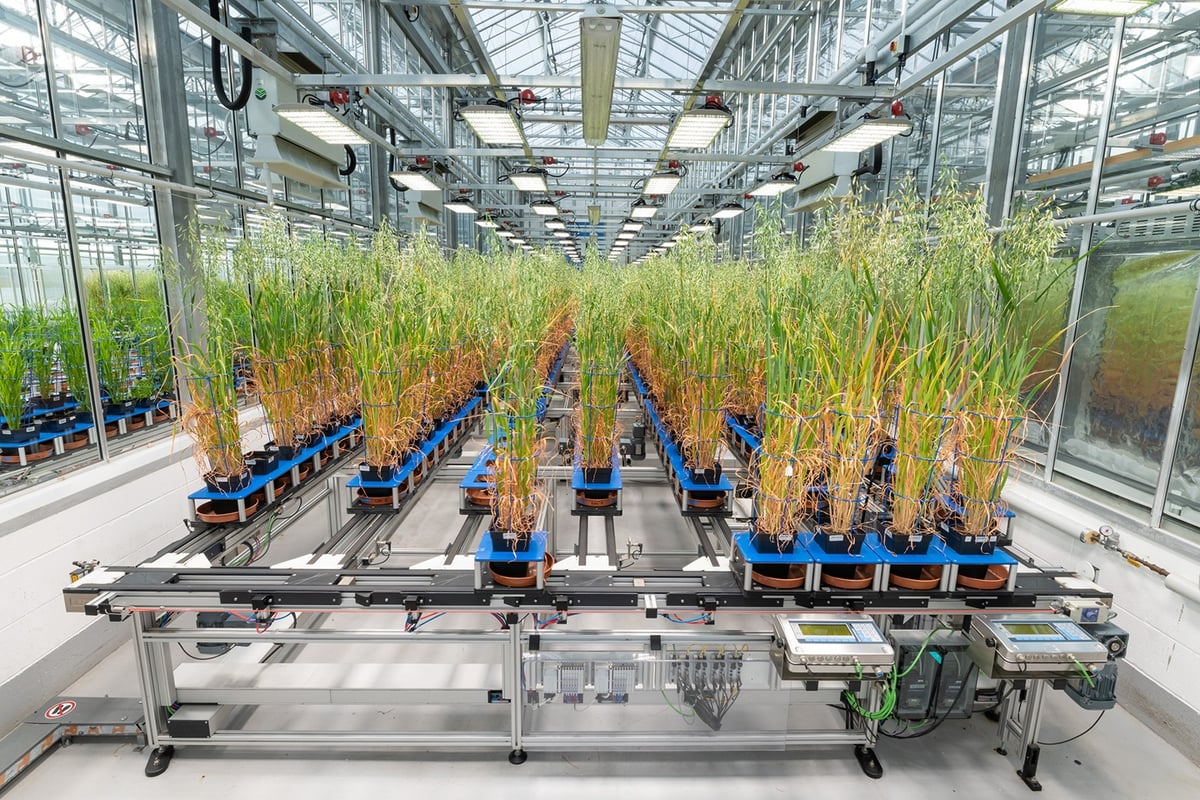
A comprehensive review published in the journal Nature has unveiled significant potential for artificial intelligence (AI) and biotechnology to transform global crop production. Coordinated by an international team of researchers, including experts from Aberystwyth University, the study outlines strategies to strengthen food systems against the challenges posed by climate change, pests, and a growing population.
The collaborative research team, which encompasses scientists from China, the USA, and various countries in Europe, has proposed a systematic approach to integrate AI with advanced techniques such as genome editing, protein design, high-throughput phenotyping, and omics technologies. These methods facilitate an in-depth analysis of the genetic and chemical profiles of plants, offering a pathway to develop crops that are not only more productive but also sustainable and resilient to climate challenges.
Professor John Doonan, Director of the National Plant Phenomics Centre at Aberystwyth University’s Institute of Biological, Environmental and Rural Sciences (IBERS), emphasized the transformative nature of these tools. He stated, “Think of it like designing and building a bridge. We now have the tools to engineer crops with similar precision — combining biological insights with AI to build plants that can withstand drought, disease, and other stresses.”
Innovative Techniques for Sustainable Farming
The review highlights several innovative applications of AI in agriculture. Researchers assert that AI can effectively predict optimal gene combinations for enhanced yield, nutritional content, and stress tolerance. Additionally, it can facilitate the design of novel proteins that bolster plant defenses and improve overall performance. By integrating complex datasets, AI can also enable faster and more informed breeding decisions.
Professor Doonan further underscored the importance of building resilience into crops, stating, “This is about building resilience into our crops from the ground up. By uniting AI with cutting-edge biotechnology and sustainable farming practices, we can future-proof food production for generations to come.”
The work aligns with IBERS’ strategic focus on developing resilient crops and has received backing from the Biotechnology and Biological Sciences Research Council (BBSRC) through its Resilient Crops programme, as well as support from the Engineering and Physical Sciences Research Council (EPSRC) as part of its AI for Net Zero initiative.
The implications of this research are far-reaching. As global food demands intensify, leveraging AI and biotechnology could play a crucial role in addressing food security challenges. The review serves as a significant step towards integrating these advanced technologies into agricultural practices, paving the way for a more sustainable future.
The full review was published last week in Nature, marking a pivotal moment in the ongoing discourse about the intersection of technology and agriculture. As the world grapples with environmental changes and population growth, the fusion of AI with biotechnology presents a promising avenue for creating resilient agricultural systems that can adapt to an evolving landscape.
Science
Moon Phase Update: Waxing Crescent Illuminates Night Sky Today
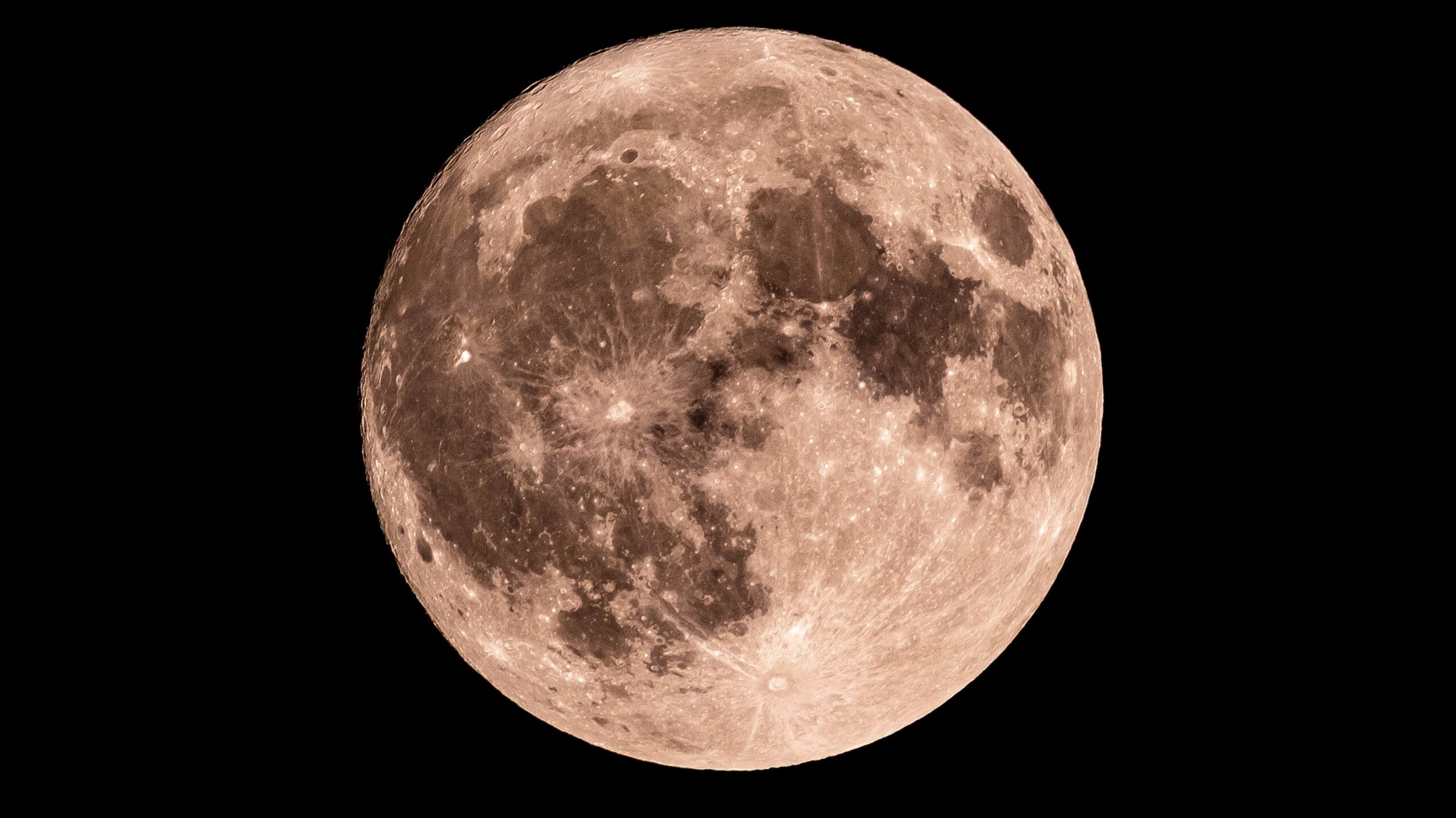
The moon is currently in the Waxing Crescent phase as of July 26, 2025, becoming progressively brighter each night. This phase marks the second day of the lunar cycle, during which only 4% of the moon’s surface is visible from Earth, according to the NASA Daily Moon Observation. Tonight, observers will find little to see, as the limited illumination makes it nearly impossible to spot any features on the moon’s surface, even with binoculars or a telescope.
Understanding the Lunar Cycle
The lunar cycle consists of eight distinct phases, taking approximately 29.5 days to complete. This phenomenon occurs as the Sun illuminates varying portions of the moon while it orbits Earth. The phases of the moon, which include the New Moon, First Quarter, Full Moon, and others, reflect how much sunlight is visible from our vantage point on Earth.
The upcoming full moon will occur on August 9, following the last full moon on July 10. Each phase serves as a reminder of the moon’s continuous dance with the Earth and the Sun, creating a captivating display for sky watchers.
The Eight Phases of the Moon
To clarify, here is a brief overview of the eight primary moon phases:
– **New Moon**: The moon is positioned between Earth and the Sun, rendering it invisible to observers on Earth.
– **Waxing Crescent**: A small portion of the moon’s surface begins to light up on the right side.
– **First Quarter**: Half of the moon is illuminated, creating the appearance of a half-moon.
– **Waxing Gibbous**: More than half of the moon is lit, but it has not yet reached full illumination.
– **Full Moon**: The entire face of the moon is visible and brightly illuminated.
– **Waning Gibbous**: The moon starts to lose light on the right side.
– **Last Quarter (or Third Quarter)**: Another half-moon phase occurs, but now the left side is lit.
– **Waning Crescent**: A thin sliver of light remains on the left side before the moon returns to darkness.
This systematic progression of phases offers a unique opportunity to observe how the moon changes night by night, enhancing our understanding of celestial mechanics and the beauty of the night sky. As the moon continues its journey, enthusiasts and casual observers alike can look forward to the bright spectacle of the upcoming full moon in just a few weeks.
-

 Politics2 weeks ago
Politics2 weeks agoPlane Crash at Southend Airport Claims Four Lives After Takeoff
-

 Top Stories2 weeks ago
Top Stories2 weeks agoAustralian Man Arrested for Alleged Damage to Stone of Destiny
-

 Business2 weeks ago
Business2 weeks agoTrump’s “One Big Beautiful Bill” Faces Economic Scrutiny
-

 Business2 weeks ago
Business2 weeks agoNew Study Links Economic Inequality to Lower Well-Being Globally
-

 Sports2 weeks ago
Sports2 weeks agoSheffield United’s Young Talent Embraces Championship Opportunity
-
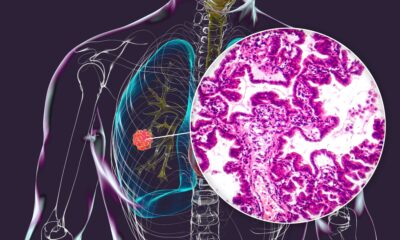
 Health2 weeks ago
Health2 weeks agoAI Tool EAGLE Streamlines Lung Cancer Mutation Detection
-

 Lifestyle2 weeks ago
Lifestyle2 weeks agoBrits Identify Adulting Challenges: Cleaning, Cooking, and Time Woes
-

 Science2 weeks ago
Science2 weeks agoStudy Reveals Widespread Flooding in North Carolina Exceeds Expectations
-

 Sports2 weeks ago
Sports2 weeks agoEverton Pursues Johan Bakayoko as Transfer Deadline Approaches
-

 Politics2 weeks ago
Politics2 weeks agoUncertain Future for The Royal Albert Pub as Landlord Departs
-

 Science2 weeks ago
Science2 weeks agoNASA’s New Horizons Demonstrates Innovative Star Navigation Method
-

 Top Stories2 weeks ago
Top Stories2 weeks agoProtests Erupt in Niksic as Officials Celebrate Controversial Events



















